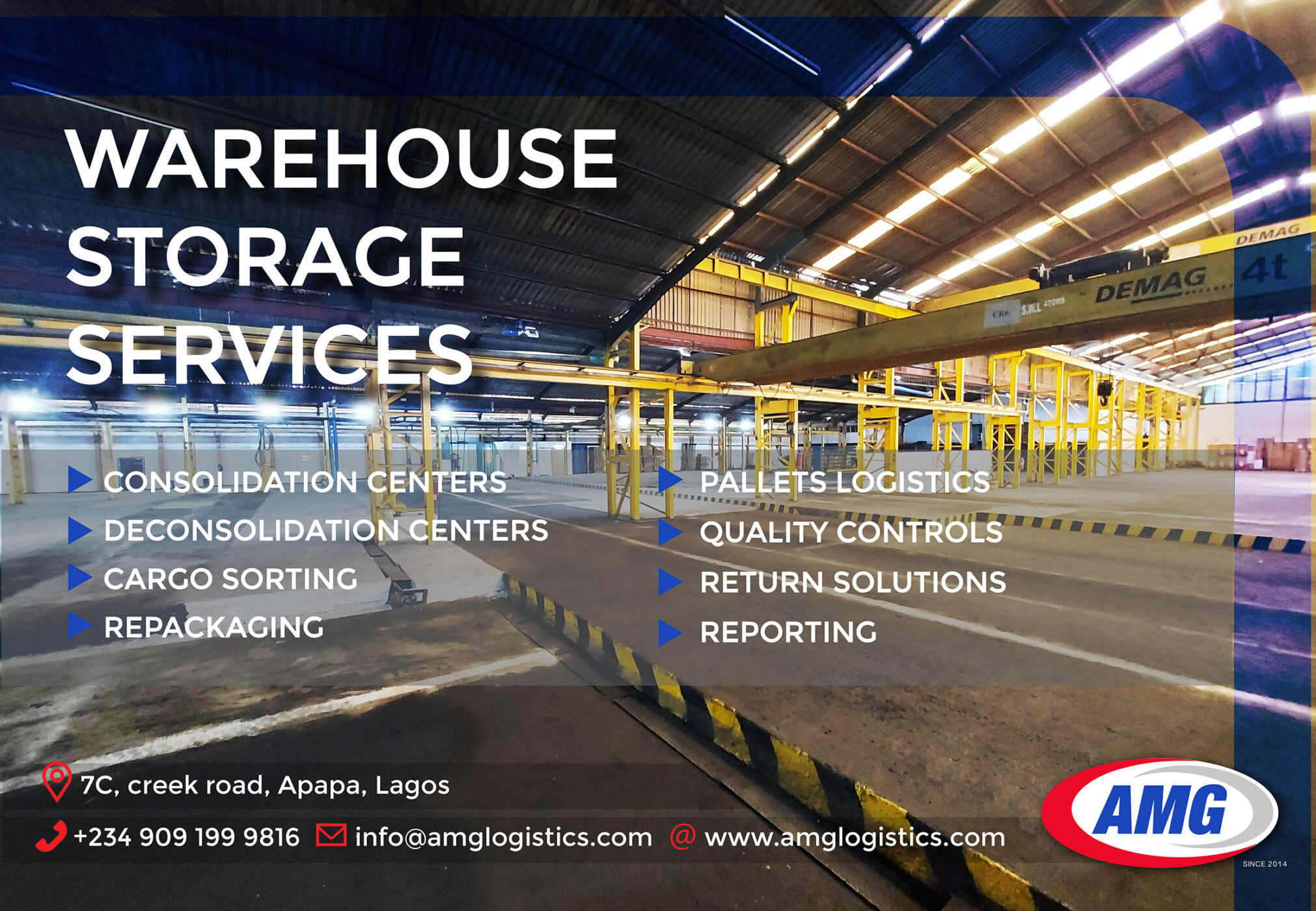In a report, Decarbonization Trajectories, released earlier this week, BV said initiatives taken today could make a difference. They include speed reductions, voyage optimisation, weather routing, cutting waiting times, wind assisted propulsion systems and other energy saving devices that are available and ready today.
The cumulative impact of adopting these technologies now will help to keep global shipping within its greenhouse gas ‘budget’ by 2050, the classification society said. BV analysed a range of shipping sectors and ship types to draw conclusions on likely decarbonisation strategies under different variables.
A ‘central progressive’ scenario, based on moderate seaborne trade and large-scale adoption of bio- and synthetic fuels, combined with operational measures such as cutting speeds and waiting times, could reduce total greenhouse gas emissions by 44% over the three decades to 2050, BV claimed.
Energy in-setting, in which companies invest in carbon reduction projects in their own supply chains, would help to offset the higher cost of the new low- or zero-carbon marine fuels of the future. The classification society said that such investments would help to stimulate at-scale production of renewable and low-carbon fuels.
“Our findings highlight the potential hefty impact on total greenhouse gas emissions to 2050 that shipping can achieve through the immediate adoption of available solutions,” declared Paul Delouche, BV’s Advanced Services Director and author of the report.
“As well as the benefits of operational measures and energy-saving technologies, our study helps us better understand the potential and urgent need for solutions like energy in-setting to bridge the cost gap and provide pathways for the earliest possible adoption of new fuels. This will require an approach to decarbonisation that reaches across value and supply chains, emphasising traceability,” he added.




